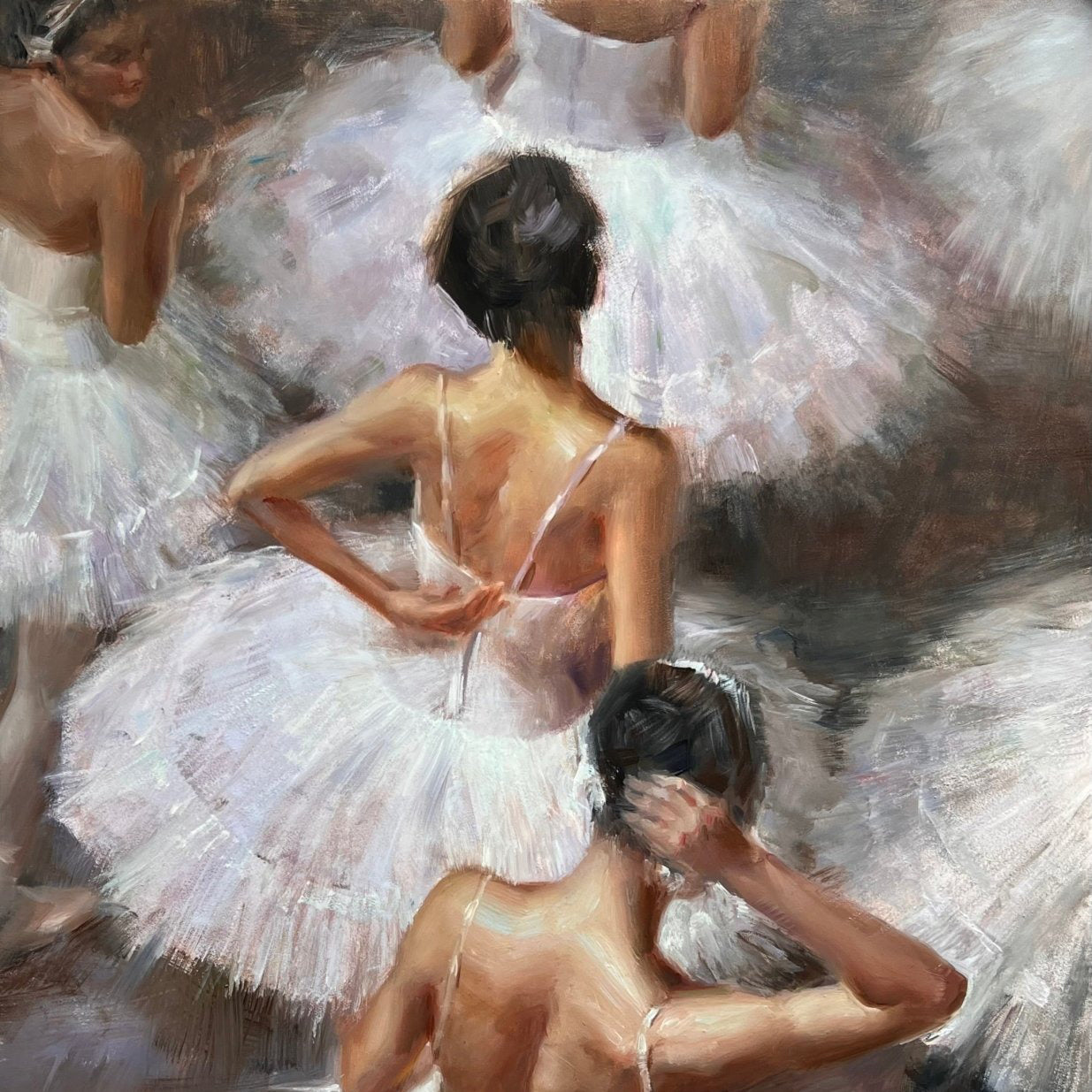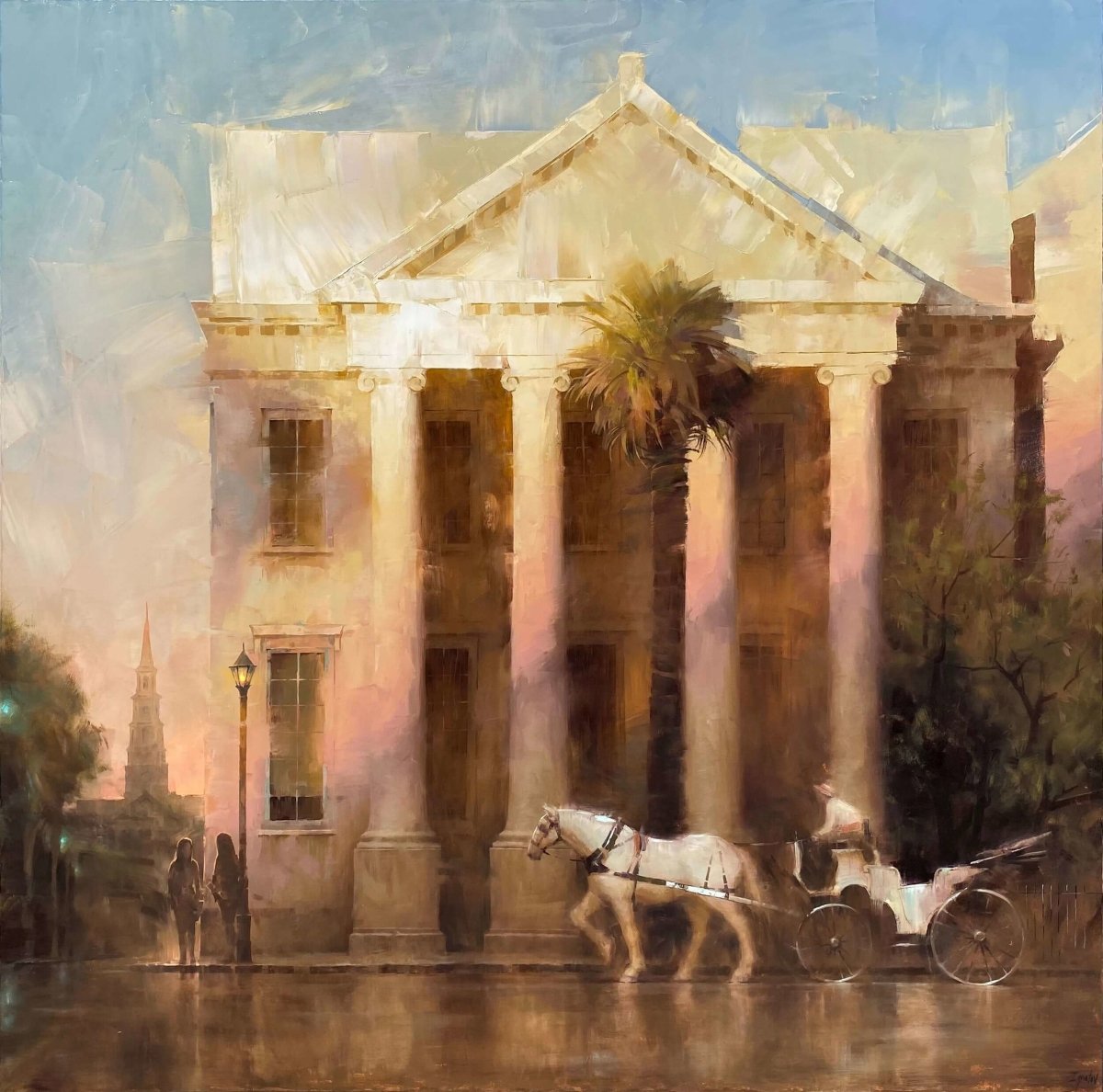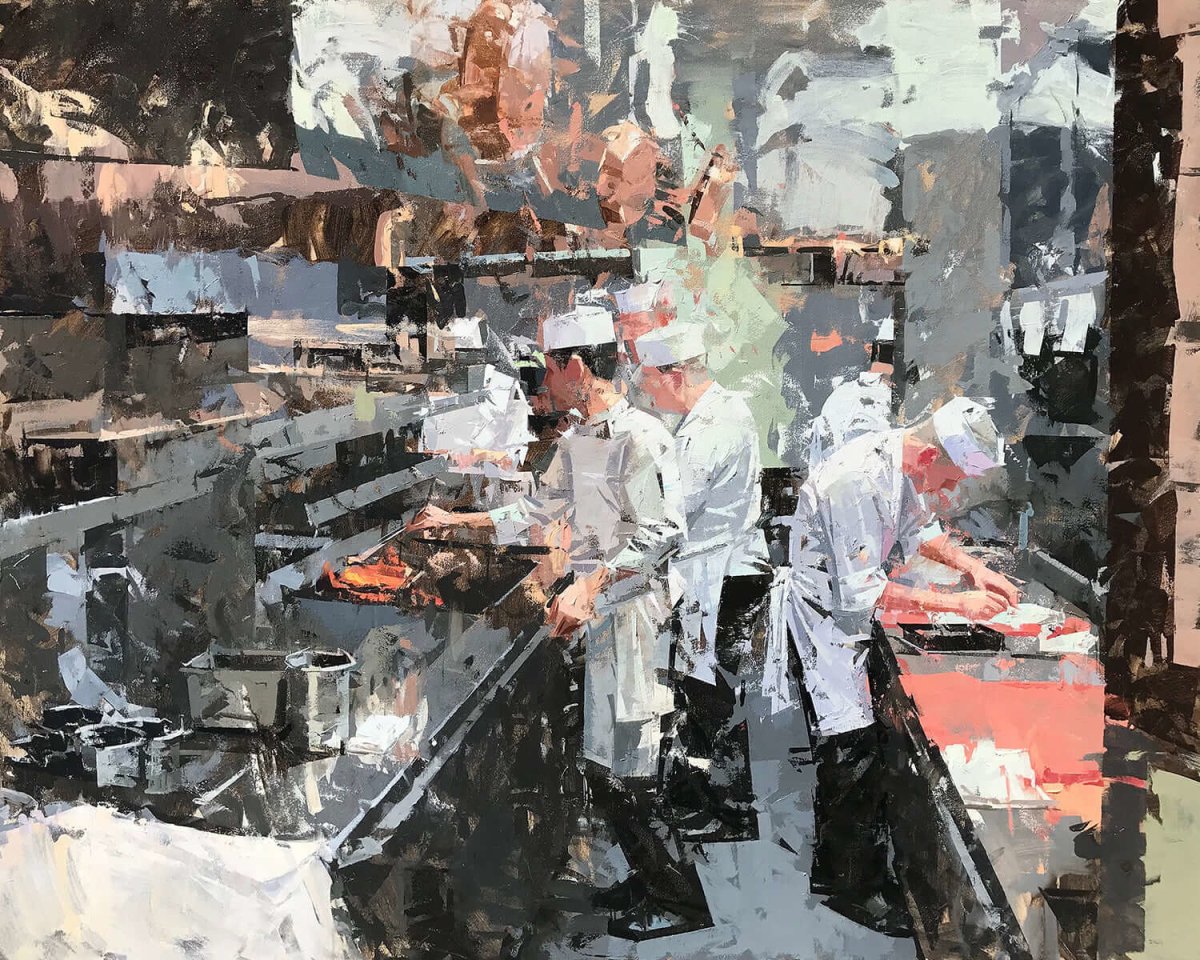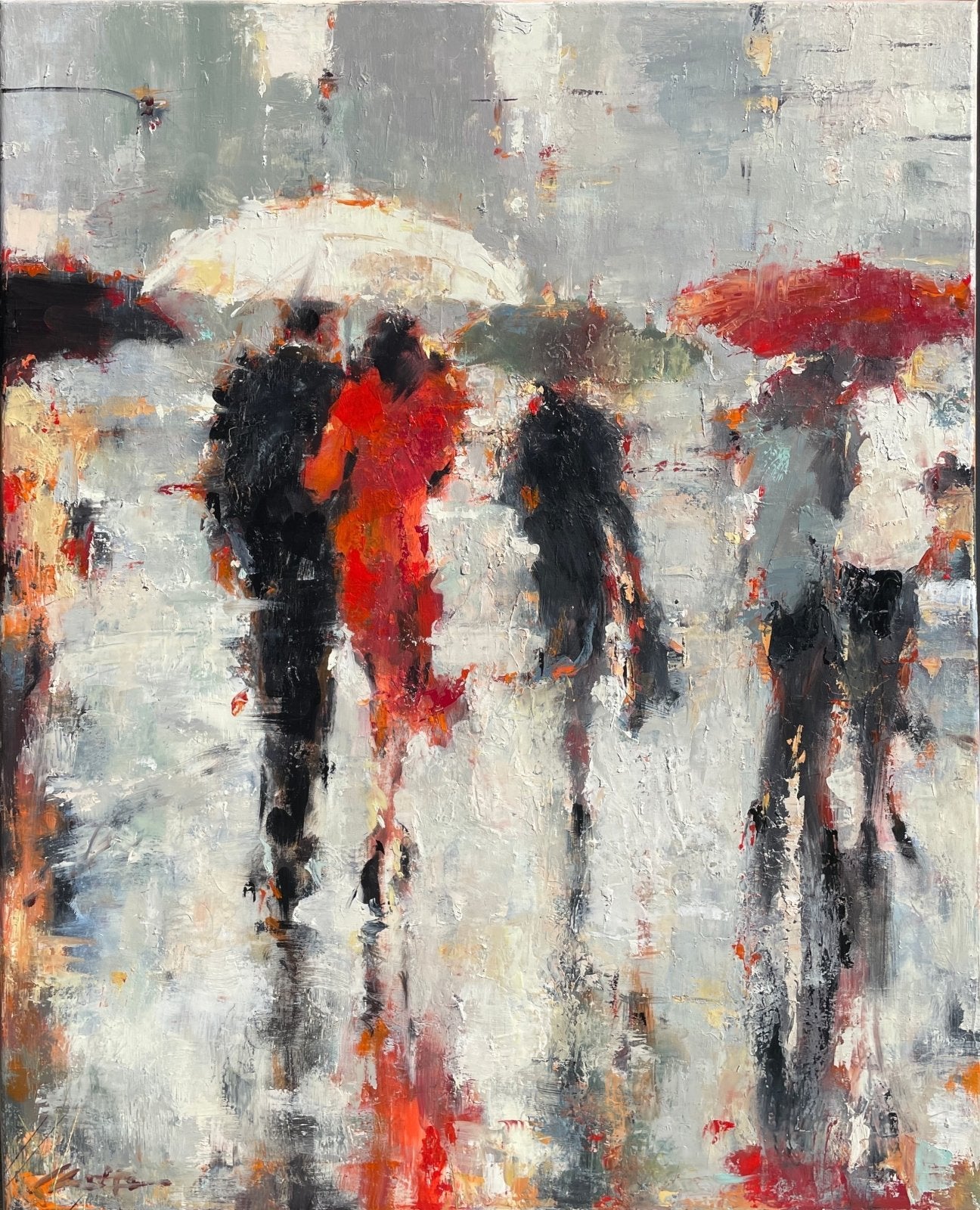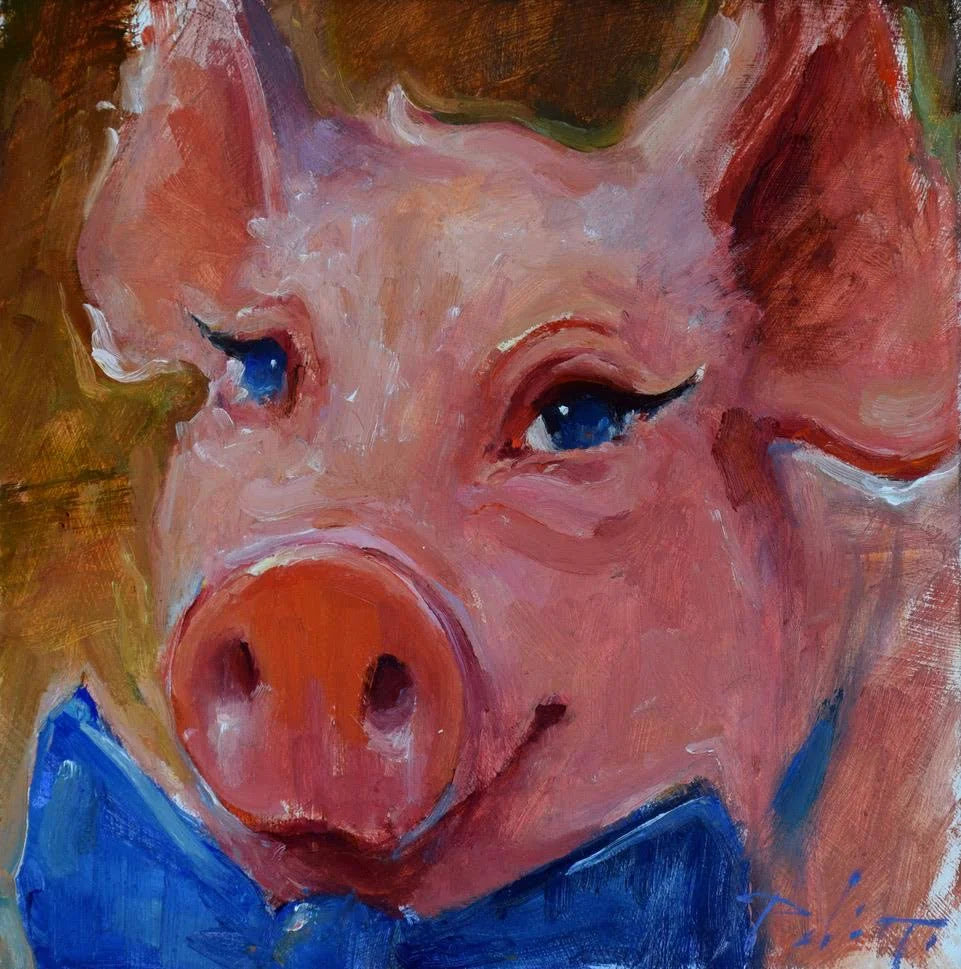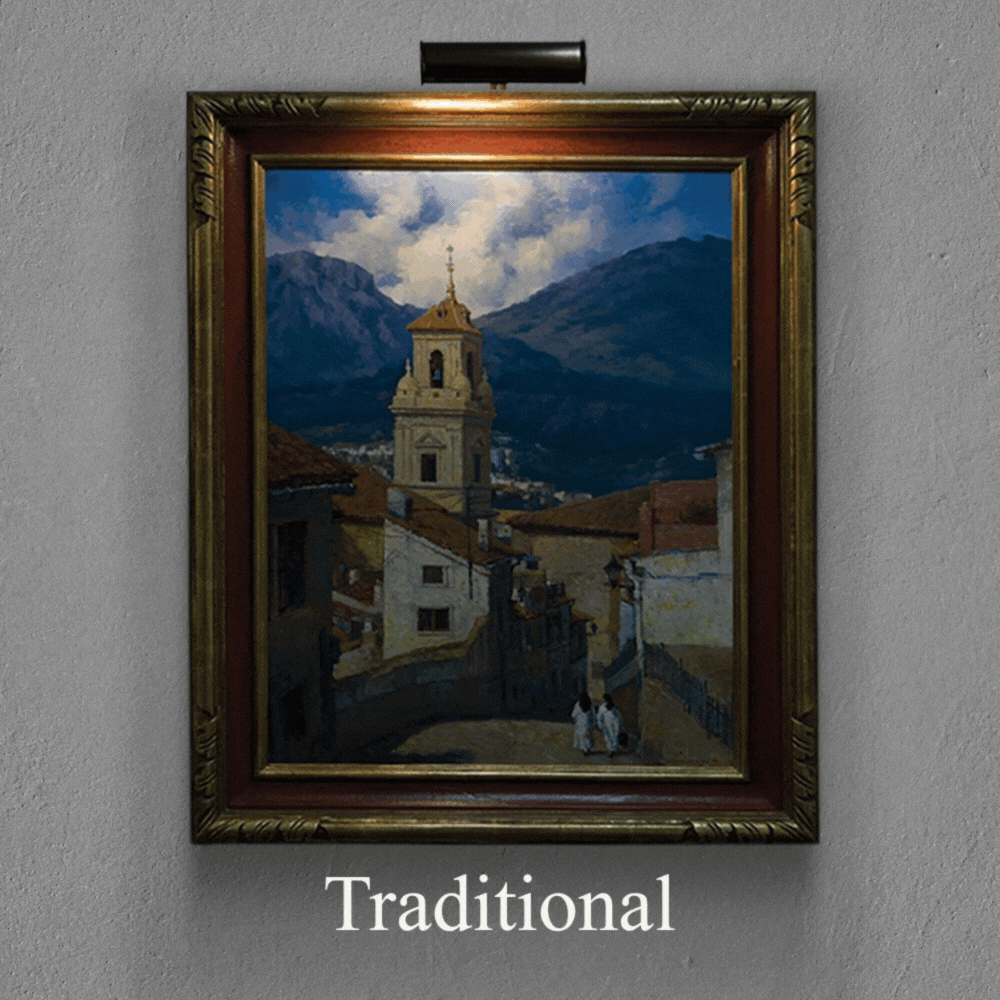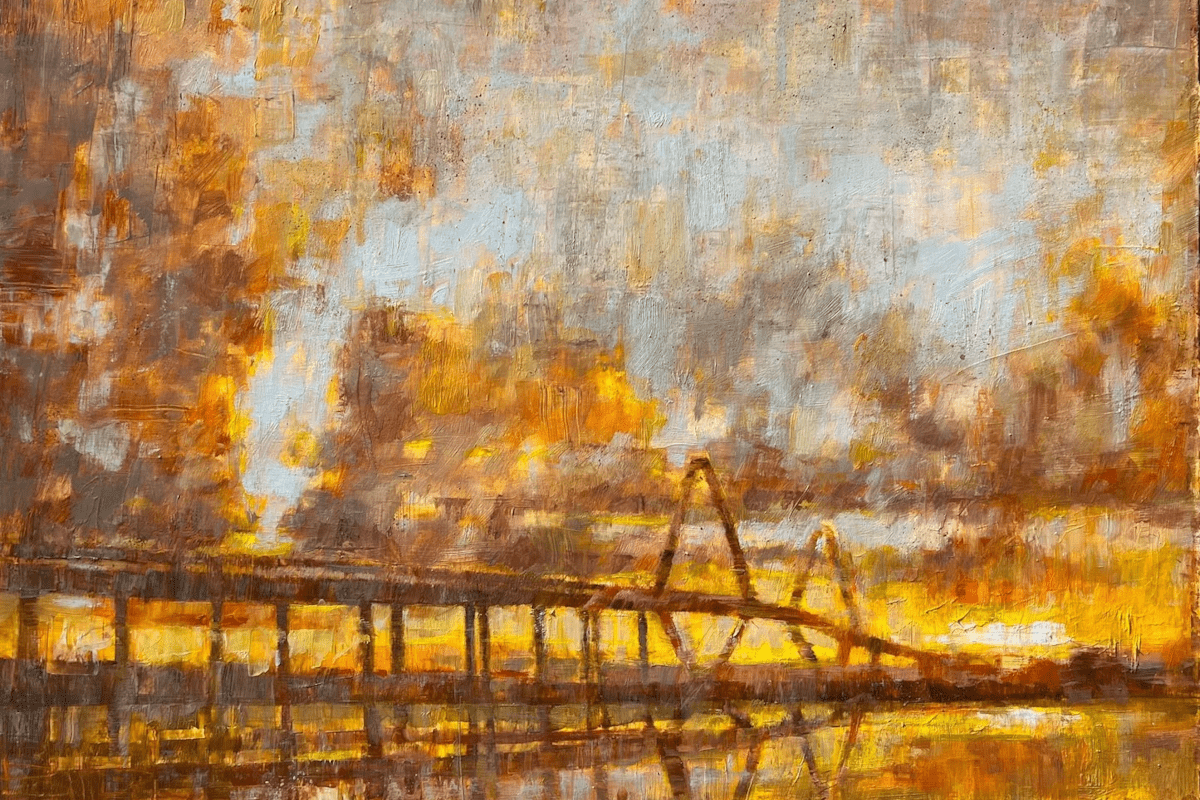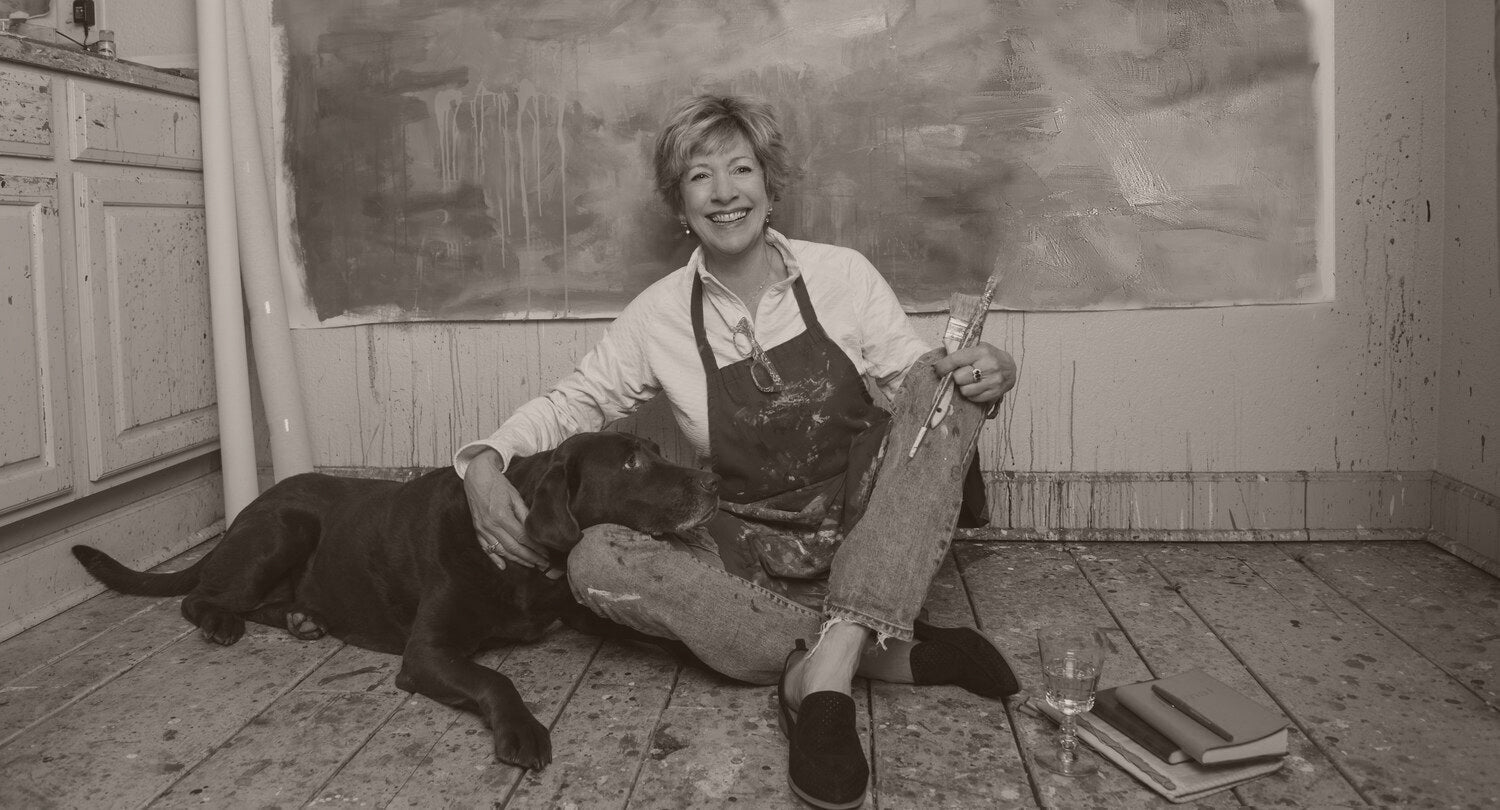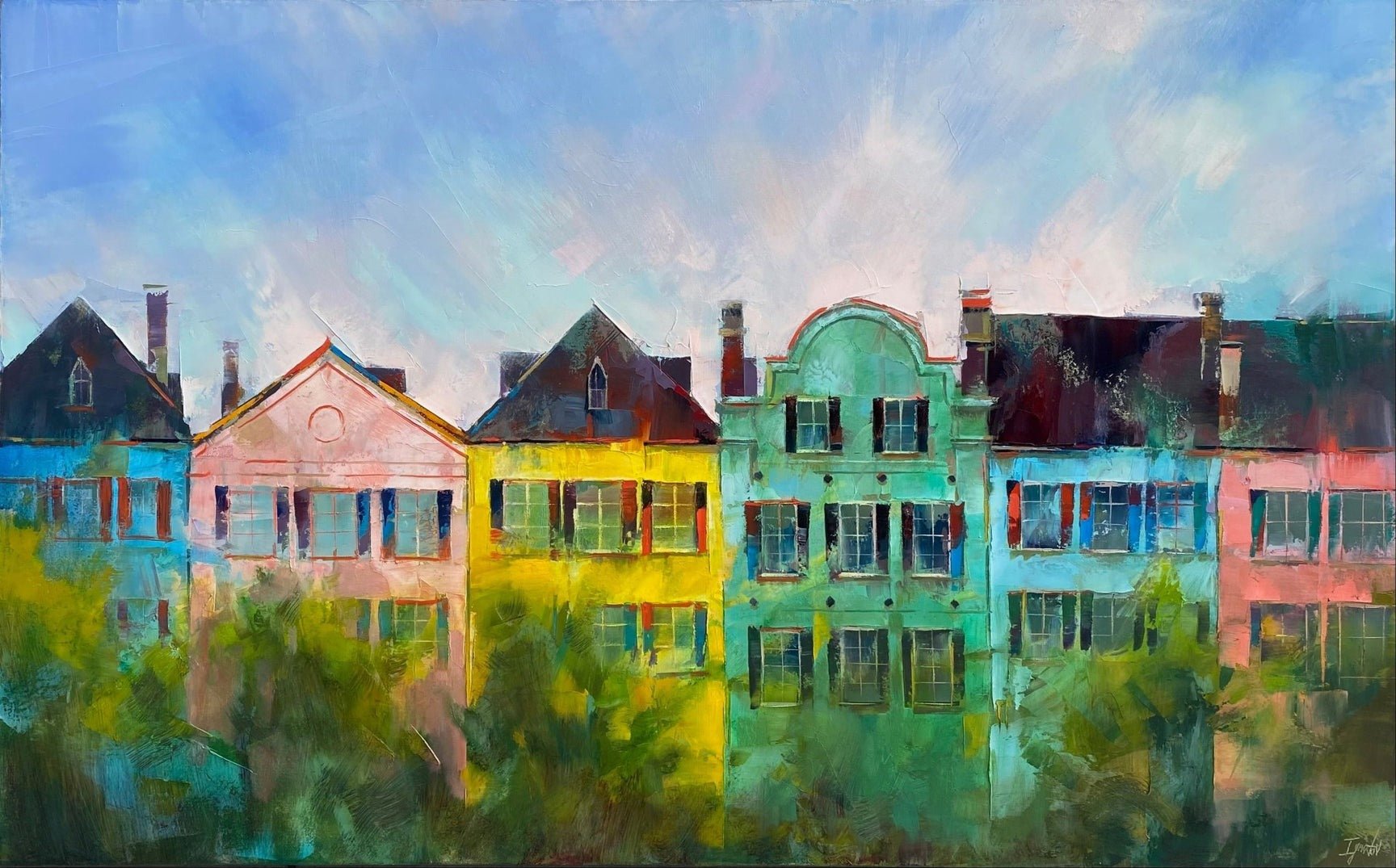Impressionism to Gestural Abstraction: The Evolution of Modern Art
From Impressionism to Gestural Abstraction:
Impressionism was at it's peak in the early 20th century. In the vibrant tapestry of art, Gestural Abstraction began carving it's own niche in the mid-20th century. Born out of a post-war world, this movement followed impressionism and conveyed profound emotions and experiences. Artists, inspired by the world around them, took to canvas with an energy that hadn't been seen before. Transitioning from the structured art forms of the past, they harnessed passion, motion, and color.
At its heart, Gestural Abstraction was about uninhibited expression. Unlike the calculated strokes of traditional paintings, this style celebrated spontaneity. Artists would often let their emotions guide their brushes, resulting in raw, powerful pieces. Moreover, the movement was more than just a change in technique; it represented a shift in the art world's mindset.
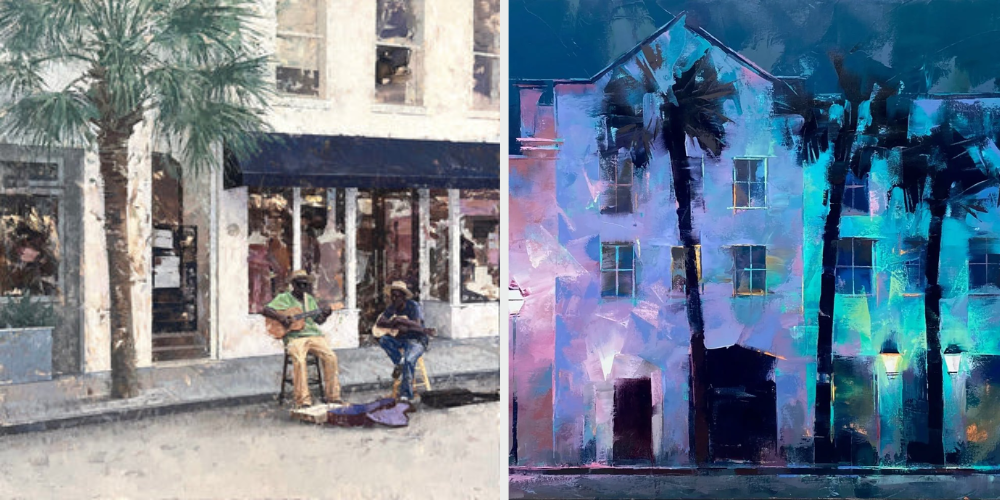
What sets it apart?
In understanding this movement, one might ask, "What sets it apart?" Simply put, it's the way artists infused their own emotions directly onto the canvas. This was a distinct departure from the ways of impressionists before them. Paintings weren't just mere depictions; they became extensions of the artist's psyche. Transitioning to this approach, art enthusiasts began to see art not as a mere representation but as an emotional experience.
Furthermore, the techniques utilized in Gestural Abstraction were groundbreaking. Rapid brushwork, thick layers of paint, and seemingly chaotic patterns became its hallmark. This represented a departure from the way the impressionists recorded their marks on canvas. Each piece, teeming with energy, spoke volumes of the artist's internal state. On observing such a piece, viewers often felt a connection, sensing the artist's emotion even without explicit imagery.
However, like all artistic movements, Gestural Abstraction had its critics. Some viewed it as messy or unstructured. Yet, its proponents argued that its value lay in its authenticity. Transitioning from a world of detailed realism, Gestural Abstraction dared to be different. It encouraged viewers to feel rather than just see, making it a transformative force in the realm of Modern Art.
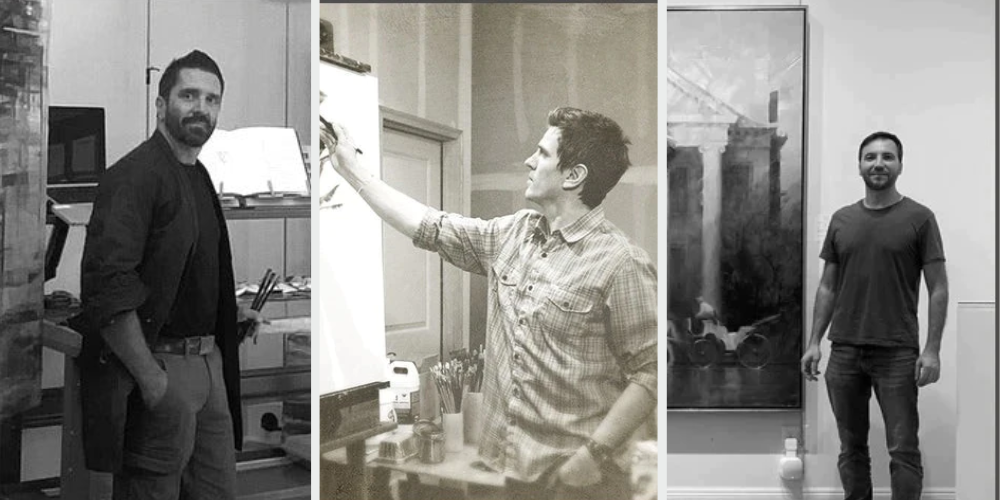
The Artists:
Artists like Jackson Pollock and Willem de Kooning became synonymous with this style. Their works, iconic in nature, showcased the epitome of the movement's ethos. Moreover, their influence extended beyond their own era. Aspiring artists looked up to them, drawing inspiration from their fearlessness and originality.
In addition to its emotional depth, Gestural Abstraction also explored the physical properties of paint. Artists reveled in its texture, viscosity, and flow. Each brushstroke, drip, or splash wasn't just a visual element; it was a part of the narrative. Furthermore, the choice of colors played a significant role. Vibrant hues juxtaposed with muted tones, creating a dance of contrasts on the canvas.
In essence, Gestural Abstraction wasn't just a fleeting trend. It was a revolutionary force that reshaped the boundaries of art. Transitioning through the decades of impressionism, its influence is evident in many contemporary pieces today. Its legacy, rich and profound, serves as a testament to the power of uninhibited expression.

LePrince Fine Art:
Within the realm of Gestural Abstraction, LePrince Fine Art has been instrumental in spotlighting contemporary talent, fostering the next generation of artists who embrace this expressive style as well those who remain impressionists. Among the notable names, Curt Butler, Mark Bailey, and Ignat Ignatov stand out. Butler's works, known for their dreamy textures and ethereal color palettes, capture the essence of nature in its rawest form.
Transitioning to Bailey, his art draws from urban landscapes, using abstract gestures to depict the pulse and rhythm of city life. Meanwhile, Ignatov, with his bold strokes and evocative hues, offers a dance of emotions on canvas, encapsulating the movement's ethos in each masterpiece. Their association with LePrince Fine Art not only amplifies their reach but also reinforces the gallery's commitment to championing innovative voices in Modern Art.
In concluding our exploration of Impressionism and Gestural Abstraction, one can't help but marvel at its impact. It changed the way people perceived art, emphasizing emotion over precision. Moreover, it championed the idea that art is a living entity, ever-evolving and reflecting the human spirit. As we move forward, the lessons from Gestural Abstraction remain pertinent: that true art lies in genuine expression, regardless of form or medium.


